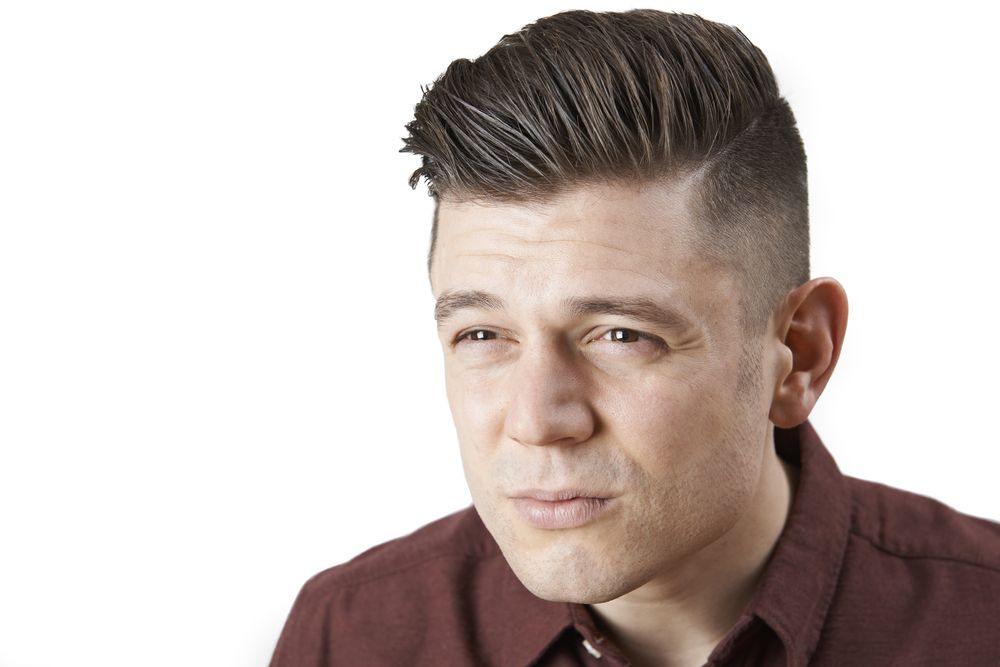Myopia Symptoms

The chances of seeing things and images blur at more distant places. You might also notice a few symptoms such as:
- Squinting
- Headache
- Eye fatigue especially when you are trying to look at objects more than at distant places
- Eyestrain
Children having myopia sometimes have trouble while reading the book or blackboard at school. Having blurry vision when you are looking at things that are far away is the biggest symptom of myopia. If an individual starts to suffer from such symptoms, they must talk or visit an optometrist who might help to find whether or not they are suffering from myopia. The optometrist might suggest contact lenses or glasses to correct such issues. If a person with myopia is more advanced, an optometrist may recommend surgery. The signs and symptoms of myopia mostly go away after proper treatment with contact lenses or eyeglasses.
Eye fatigue and headaches might last longer than a week or maybe two as you get yourself adjusting to your new contact lenses or eyeglass prescription. If you are having myopia, you might notice that:
- Close items are clear
- Faraway objects look fuzzy or blurry
- Tiredness while driving, looking at something more than a few feet apart, and playing sports
Some other symptoms of nearsightedness to look for in your children consist of:
- Grabbing objects pretty close to your face
- Poor grades at school
- Shortening of attention span
Many cases of myopia are not severe and easily controllable with contact lenses, eyeglasses, or refractive surgery. Therefore, in rare cases more serious disorders form.
